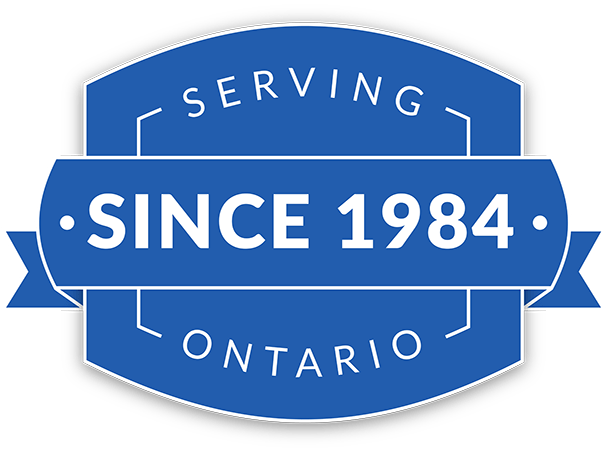
Road Rage: Risks, Liability, and How Auto Insurance Can Protect You
Road rage is an increasingly common issue on Canadian roads, with surveys showing a rise in aggressive driving behaviours. These incidents not only endanger lives...

As driverless cars become a reality, the auto insurance industry will need to change drastically to stay afloat. At the present time, auto insurance accounts for 42% of all property and casualty insurance. This is a $200 billion market in the United States alone, but it has already begun to shrink.
In a recent KPMG report, industry experts speculate that driverless cars will hit the personal auto insurance industry with a 40% shrinkage over the next 25 years, accounting for a loss of $25 billion. It is easy to see why. Conceivably, self-driving cars will significantly lower the number of collisions, and the industry must therefore lower premiums to accommodate changing conditions. There is also the issue of whether consumers will even need to own their own vehicles in the driverless climate.
We are already seeing partnerships between ride-sharing services and auto manufacturers like Lyft and General Motors. This is in anticipation that by the time we no longer need to actually drive our cars, most of us won’t own cars that require insurance. In an era where collisions would be the fault of computer errors, the nature of liability is quickly shifting from the protection of consumer-owned vehicles to the electronic systems responsible for driverless cars made by large manufacturers.
In the new automobile insurance climate where there are only “riders” and no drivers, it will be the manufacturers themselves that require insurance protection. They would bear all liability in potential collisions when the electronic systems they’ve devised malfunction or misdirect colliding vehicles. With this in mind, here are three offerings insurance companies can provide to stay relevant until 2050.
As cars are increasingly automated, experts forecast that as much as $12 billion dollars in revenue could still be generated by protecting against risks like cyber theft, ransomware and hacking.
Insuring against failing software bugs, memory overflow and defects in algorithms could be a $2.5 billion dollar opportunity for the auto insurance industry.
Presumably the advent of driverless cars would result in changes to the very nature of the traffic system. Its replacement will likely be cloud server systems, signals and other safeguards that protect riders. These systems will require liability protection and experts allege this could generate up to $500 million dollars in premiums.
It is clear that the industry is changing. Google and Ford have suggested that they will have fully self-driving cars on the road by 2021. Research done at the Stevens Institute of Technology suggests that 23 million fully automated vehicles will be on the road by 2035.
In order to stay relevant, the auto insurance industry must pay attention to the demand shift from rider to manufacturer, and the product shift from vehicle protection to protection of the cyber systems that control them.

Road rage is an increasingly common issue on Canadian roads, with surveys showing a rise in aggressive driving behaviours. These incidents not only endanger lives...

Cybercrime and ransomware attacks are on the rise, posing significant threats to businesses of all sizes. From data breaches to costly ransomware attacks, the impact...

Understanding Contractors Insurance Contractors in Ontario face a unique set of risks every day, from potential legal claims to equipment theft and job site accidents....
Competitive rates for optimal coverage.

No obligation, just great information!
